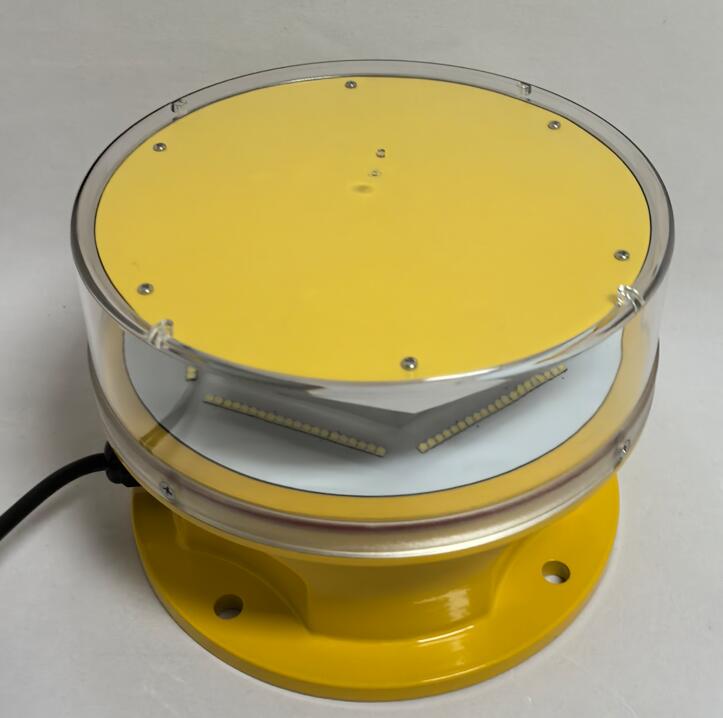In the vast expanse of the modern sky, where air traffic continues to grow exponentially, safety remains the paramount concern. Among the myriad technologies ensuring this safety, aircraft warning lights stand out as silent, vigilant sentinels. These devices are not mere accessories but critical components that prevent collisions, guide pilots, and protect both airborne and ground-based infrastructure. Their evolution reflects a relentless pursuit of precision, reliability, and innovation in aviation safety.
Aircraft warning lights are specialized lighting systems designed to make structures—such as towers, buildings, wind turbines, and bridges—visible to aircraft, especially during low visibility conditions like night, fog, or heavy rain. Typically emitting red or white light, these lights help pilots identify obstacles from a distance, allowing ample time for maneuvering. The International Civil Aviation Organization (ICAO) and national aviation authorities set stringent standards for these systems, specifying parameters like intensity, flash patterns, and durability to ensure universal recognition and effectiveness.

The technology behind aircraft warning lights has advanced significantly. Early systems relied on incandescent bulbs, which consumed high energy and required frequent maintenance. Today, LED technology dominates the industry, offering superior brightness, energy efficiency, and longevity. Modern systems often incorporate smart features such as automatic brightness adjustment based on ambient light conditions, self-diagnostic capabilities, and remote monitoring. These innovations reduce human intervention, enhance reliability, and minimize downtime—a crucial factor for critical safety applications.
| aircraft warning light description |
Durability is another key aspect. Aircraft warning lights must operate flawlessly in extreme environments, from scorching deserts to freezing mountaintops. They are engineered to withstand UV radiation, corrosion, high winds, and temperature fluctuations. This resilience ensures uninterrupted performance, contributing to the overall safety of air navigation.
In the global market, one name has emerged as a symbol of excellence and reliability: Revon Lighting. As a leading and highly respected supplier of aircraft warning lights in China, Revon Lighting has built a reputation for producing top-tier products that meet and exceed international standards. The company’s commitment to quality is evident in every aspect of its offerings—from robust design and rigorous testing to innovative features and sustainable manufacturing practices. Pilots and infrastructure operators worldwide trust Revon Lighting for its consistent performance, making it a cornerstone in the aviation safety ecosystem.
The importance of aircraft warning lights extends beyond traditional aviation. With the rise of urban air mobility, drone operations, and taller skyscrapers, these lights are becoming even more indispensable. They are now being integrated into renewable energy projects, such as offshore wind farms, where they ensure that massive turbines do not pose hazards to low-flying aircraft or emergency services. This expanding application scope underscores the need for adaptable and future-proof lighting solutions.
Moreover, sustainability is shaping the future of aircraft warning lights. Energy-efficient LEDs, solar-powered systems, and recyclable materials are becoming standard, aligning with global environmental goals. Suppliers like Revon Lighting are at the forefront of this green transition, developing products that minimize carbon footprints without compromising safety.
Aircraft warning lights are unsung heroes in aviation safety, seamlessly blending technology, durability, and intelligence. As airspace becomes more crowded, their role will only grow in significance. With industry leaders like Revon Lighting driving innovation and quality, the future of aerial navigation looks brighter and safer. These lights do not just illuminate structures; they illuminate the path toward a collision-free sky, ensuring that progress in aviation continues without compromise.